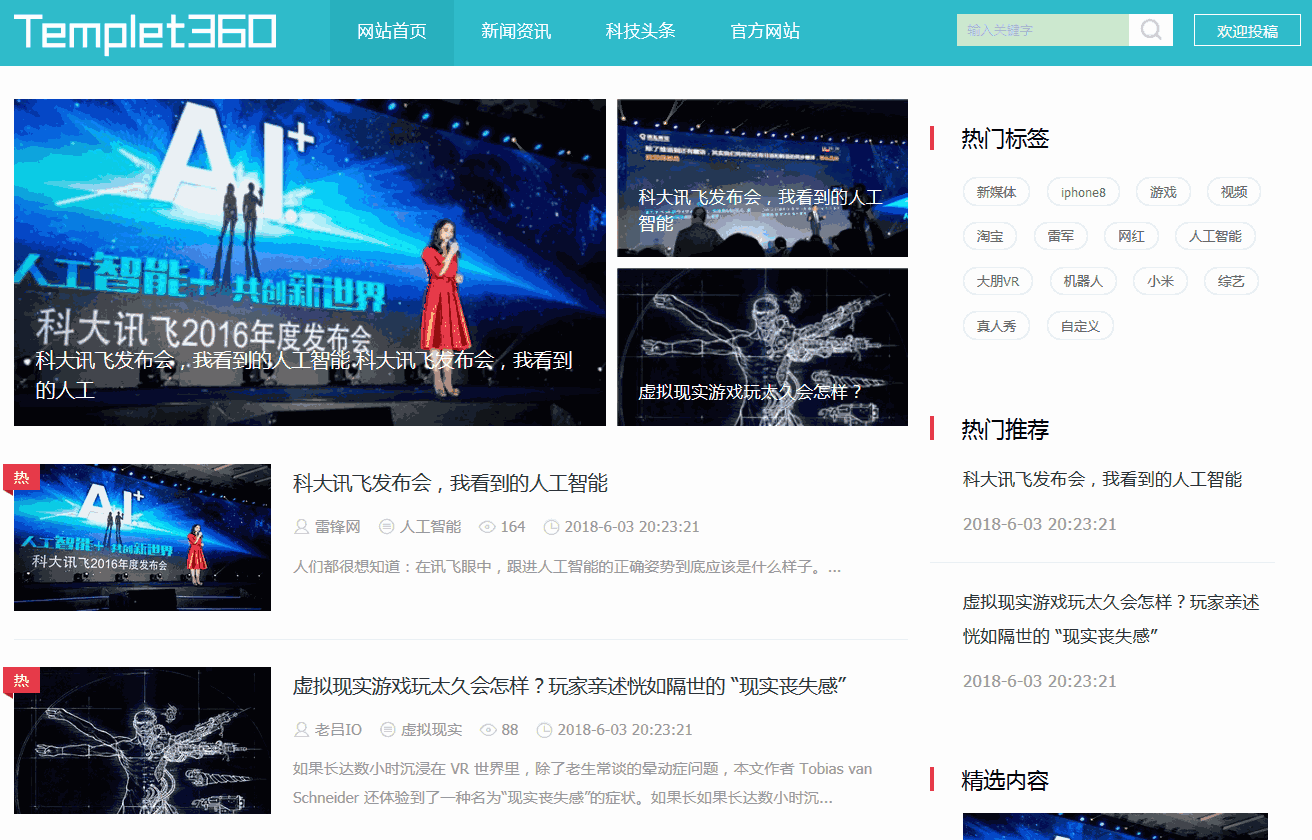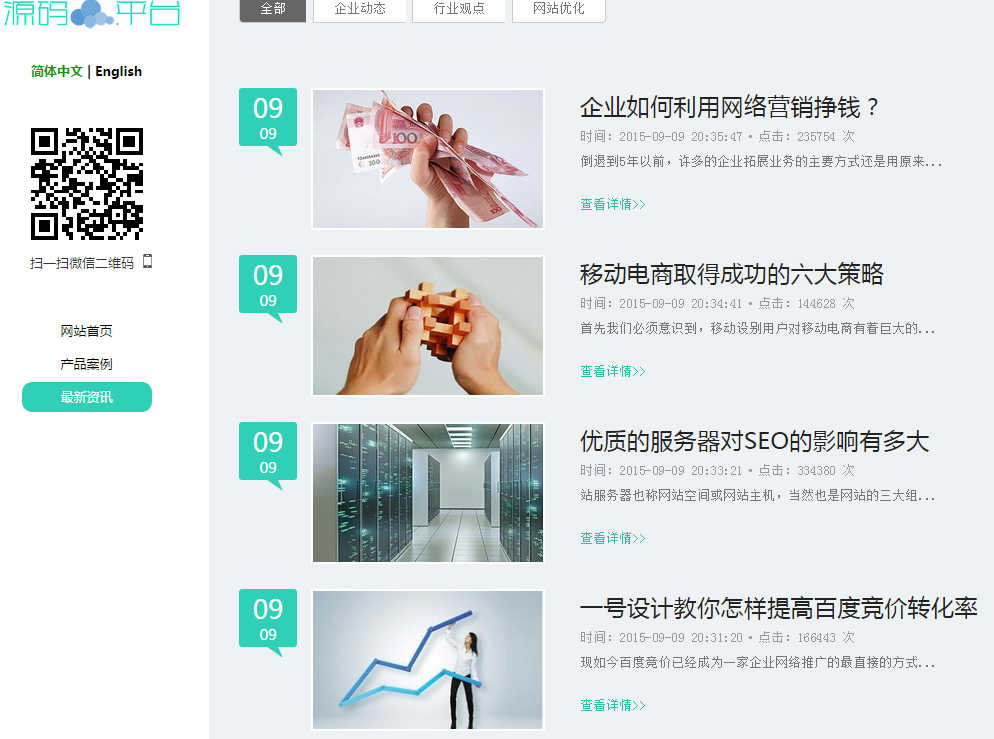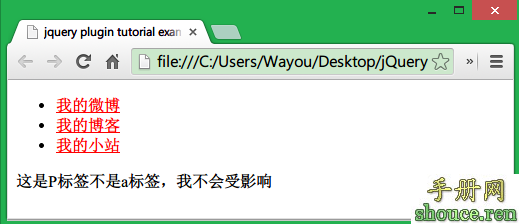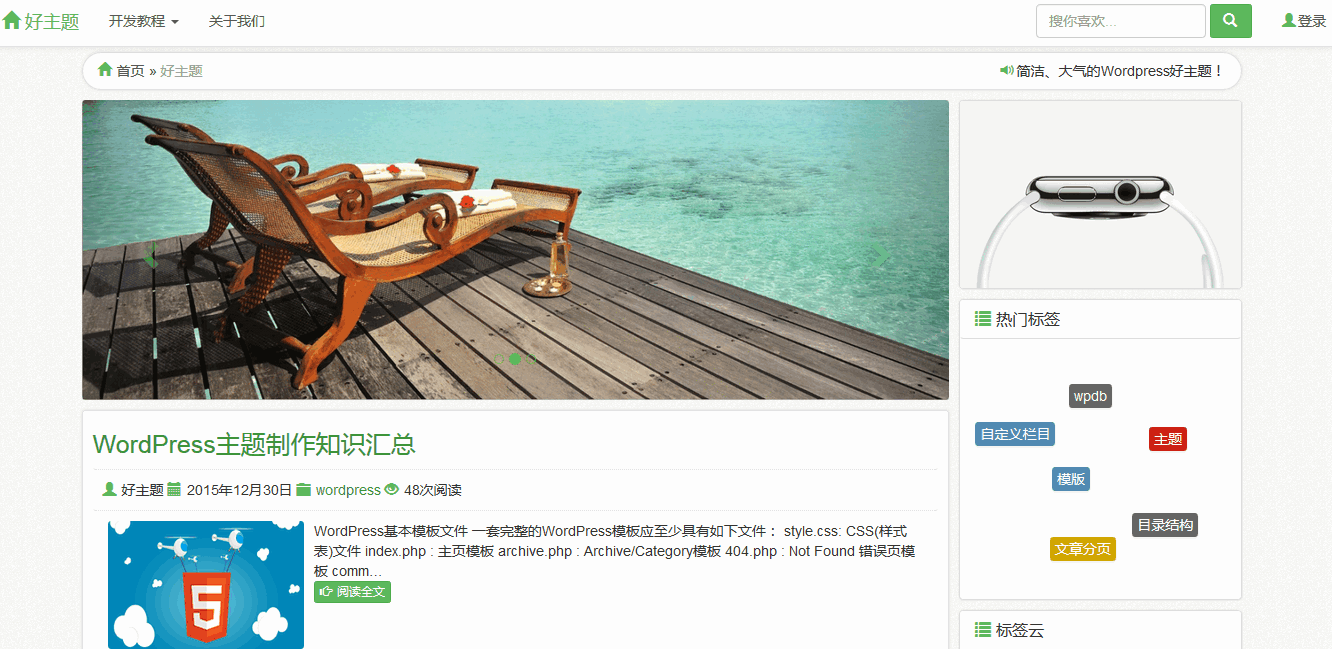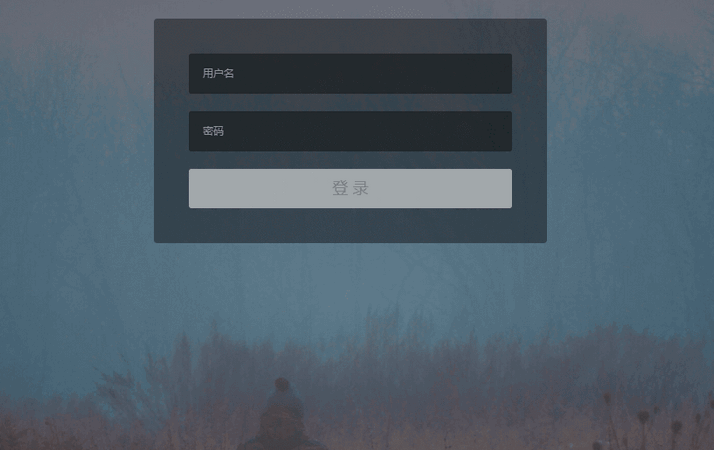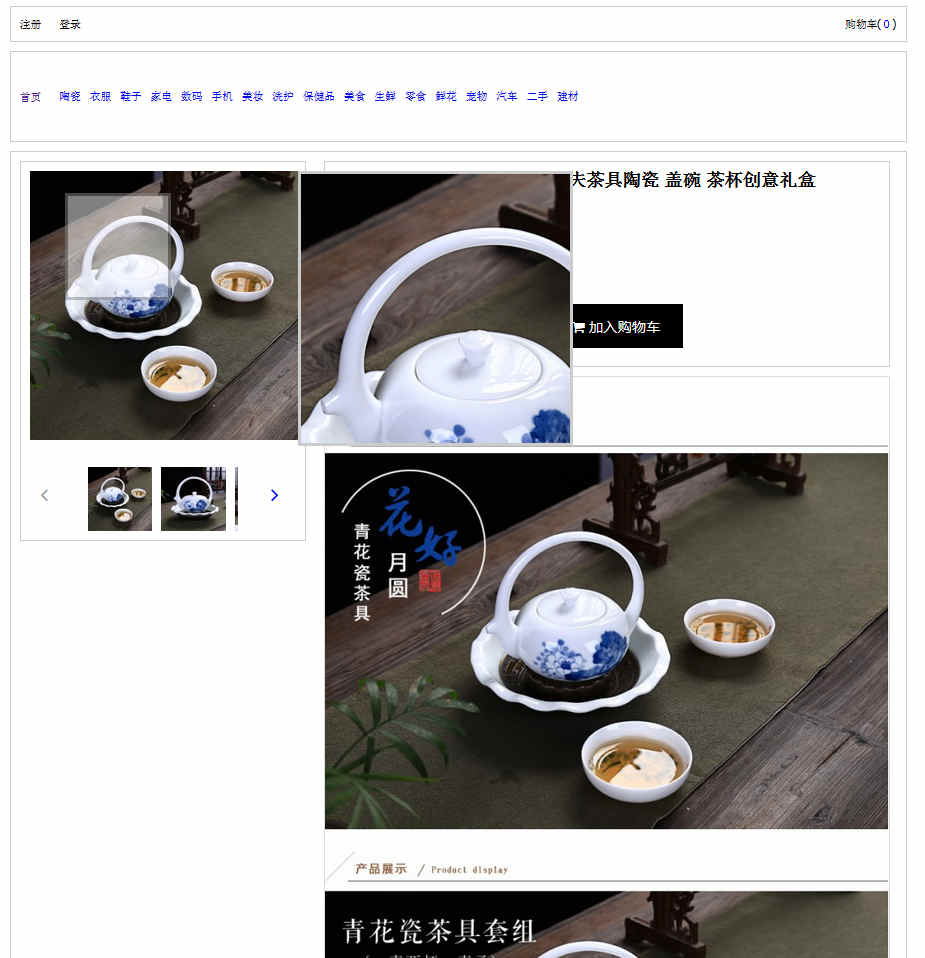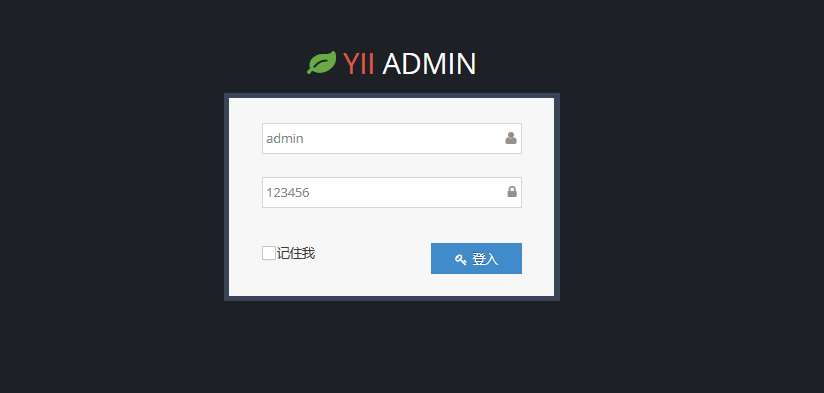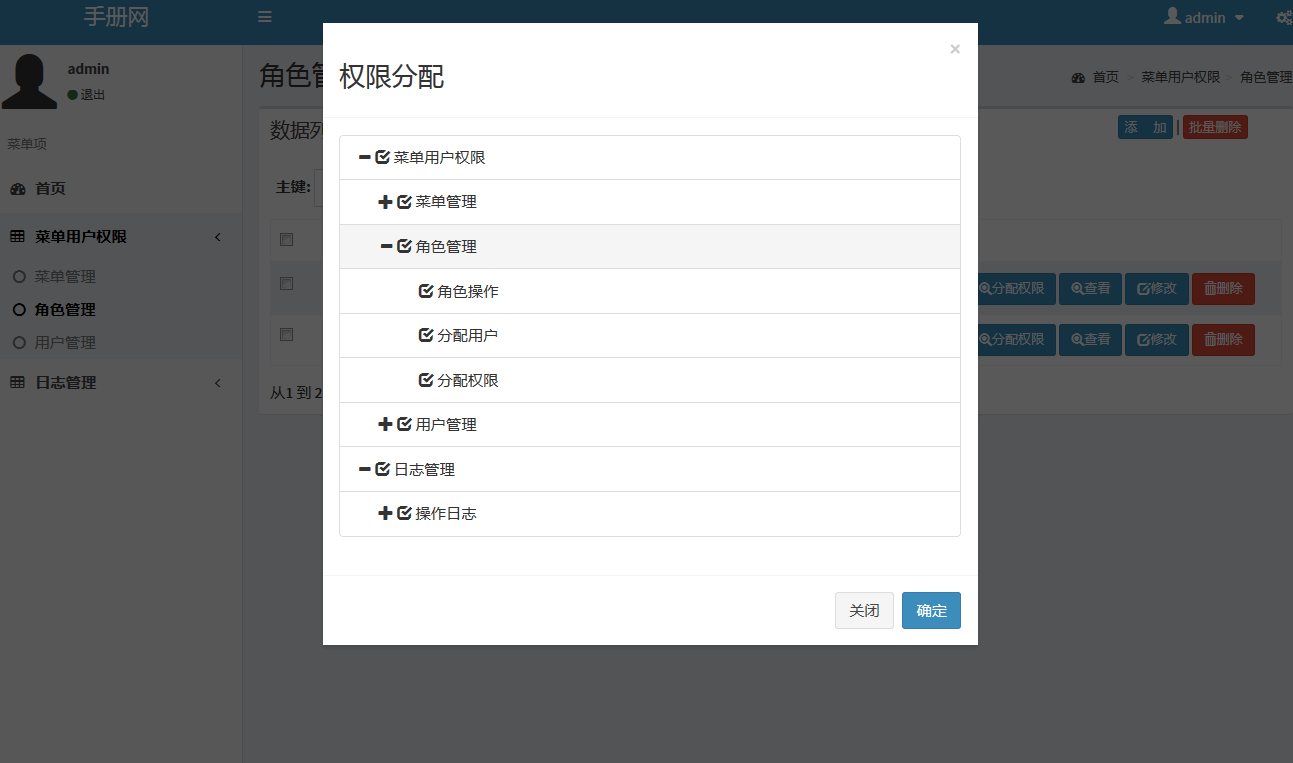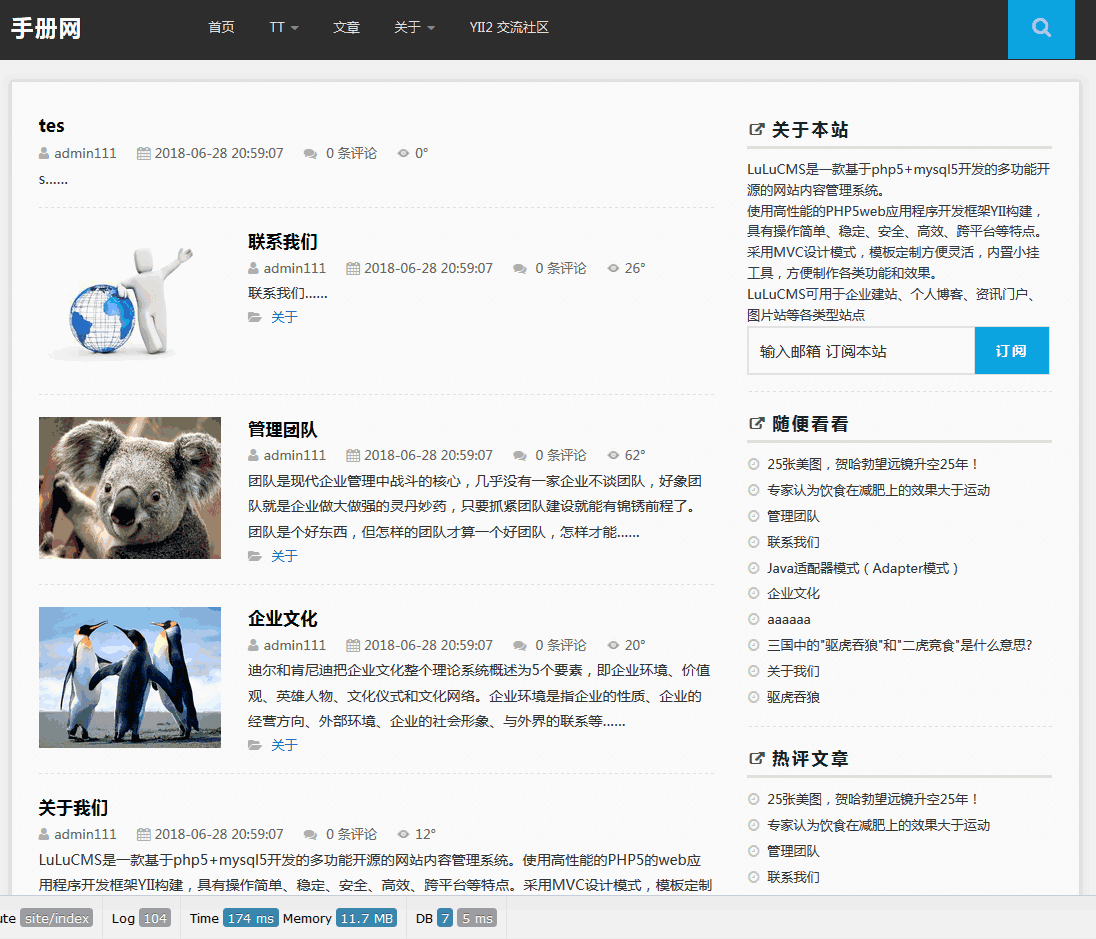Android简明开发教程十:数据绑定Data Binding
前面提到AndroidGraphics2DTutorial说过它是ListActivity派生出来的。ListActivity中显示的是ListView,ListView和Gallery ,Spinner有一个共同点:它们都是AdapterView的子类。AdapterView的显示可以通过数据绑定来实现,数据源可以是数组或是数据库记录,数据源和AdapterView是通过Adapter作为桥梁。通过Adapter,AdatperView可以显示数据源或处理用户选取时间,如:选择列表中某项。

AndroidGraphics2DTutorial读取AndroidManifest.xml中Intent-Filter为
<action android:name=”android.intent.action.MAIN” />
<category android:name=”com.pstreets.graphics2d.SAMPLE_CODE” />
的所有Activity,以列表方式显示。使用了Android API 自带的SimpleAdapter。 来看看AndroidGraphics2DTutorial.java 中相关代码:
- public class AndroidGraphics2DTutorial extends ListActivity {
- private static final String SAMPLE_CATEGORY
- ="com.pstreets.graphics2d.SAMPLE_CODE";
- @Override
- public void onCreate(Bundle savedInstanceState) {
- super.onCreate(savedInstanceState);
- setListAdapter(new SimpleAdapter(this, getData(),
- android.R.layout.simple_list_item_1, new String[] { "title" },
- new int[] { android.R.id.text1 }));
- getListView().setTextFilterEnabled(true);
- }
- protected List getData() {
- List<Map> myData = new ArrayList<Map>();
- Intent mainIntent = new Intent(Intent.ACTION_MAIN, null);
- mainIntent.addCategory(SAMPLE_CATEGORY);
- PackageManager pm = getPackageManager();
- List<ResolveInfo> list = pm.queryIntentActivities(mainIntent, 0);
- if (null == list)
- return myData;
- String[] prefixPath;
- prefixPath = null;
- int len = list.size();
- Map<String, Boolean> entries = new HashMap<String, Boolean>();
- for (int i = 0; i < len; i++) {
- ResolveInfo info = list.get(i);
- CharSequence labelSeq = info.loadLabel(pm);
- String label = labelSeq != null ? labelSeq.toString()
- : info.activityInfo.name;
- String[] labelPath = label.split("/");
- String nextLabel = prefixPath == null ? labelPath[0]
- : labelPath[prefixPath.length];
- if ((prefixPath != null ? prefixPath.length : 0)
- == labelPath.length - 1) {
- addItem(myData,
- nextLabel,
- activityIntent(
- info.activityInfo.applicationInfo.packageName,
- info.activityInfo.name));
- } else {
- if (entries.get(nextLabel) == null) {
- addItem(myData, nextLabel, browseIntent(nextLabel));
- entries.put(nextLabel, true);
- }
- }
- }
- Collections.sort(myData, sDisplayNameComparator);
- return myData;
- }
- private final static Comparator<Map> sDisplayNameComparator
- = new Comparator<Map>() {
- private final Collator collator = Collator.getInstance();
- public int compare(Map map1, Map map2) {
- return collator.compare(map1.get("title"), map2.get("title"));
- }
- };
- protected Intent activityIntent(String pkg, String componentName) {
- Intent result = new Intent();
- result.setClassName(pkg, componentName);
- return result;
- }
- protected Intent browseIntent(String path) {
- Intent result = new Intent();
- result.setClass(this, AndroidGraphics2DTutorial.class);
- return result;
- }
- protected void addItem(List<Map> data, String name, Intent intent) {
- Map<String, Object> temp = new HashMap<String, Object>();
- temp.put("title", name);
- temp.put("intent", intent);
- data.add(temp);
- }
- @Override
- protected void onListItemClick(ListView l, View v,
- int position, long id) {
- Map map = (Map) l.getItemAtPosition(position);
- Intent intent = (Intent) map.get("intent");
- startActivity(intent);
- }
- }
使用数据显示Layout,上面代码中
setListAdapter(new SimpleAdapter(this, getData(),
android.R.layout.simple_list_item_1, new String[] { “title” },
new int[] { android.R.id.text1 }));
为ListActivity中ListView 指定Adapter,这个Adapter的数据源为getData(),getData()从Manifest.xml中查找出所有符合条件的示例Activity列表。 这里DataSource是静态的从文件中读取,如果DataSource为数组或是其它数据源,如果程序中修改数值的内容,则你应该notifyDataSetChanged()来通知UI数据有变动。UI则会刷新显示以反映数据变化。简单的说Android数据绑定和.Net WinForm ,WPF 中数据绑定类似。
处理用户选取事件,AdapterView.OnItemClickListener()可以用来处理选取事件,对于ListActivity,可以用protected void onListItemClick(ListView l, View v, int position, long id)。AndroidGraphics2DTutorial中的实现是用户选取Activity名称好,则启动对应的Activity。
上面代码中使用SimpleAdapter,并使用Android提供的android.R.layout.simple_list_item_1来显示数据,Andrid也允许使用自定义的Layout来显示数据,对这个例子来说,可以使用图片加说明来显示列表,将在后面介绍如果使用自定义Adapter和自定义Layout来显示绑定的数据。
- 没有章节
